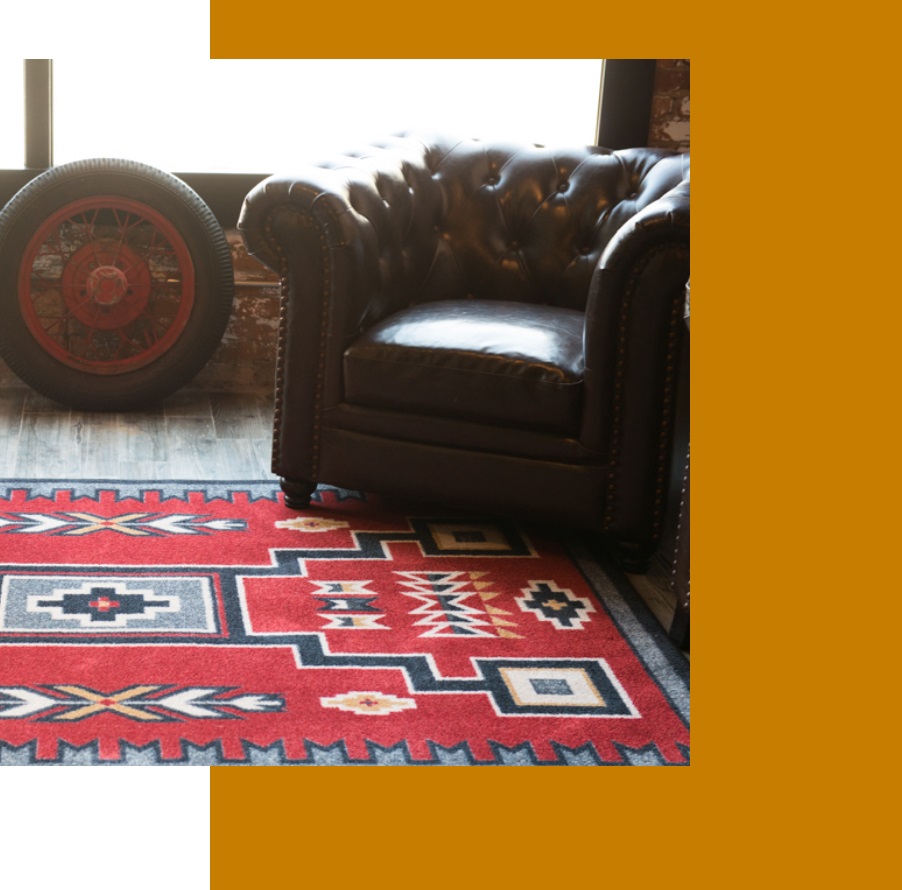
indian pattern rugs
Zapotec and Mexican knock-offs are known for their wide end borders. End cords are often added after the rug is woven. The adjacent cut warp ends will be buried together with the warp ends, as previously described. It is important to note that many knockoffs, regardless if they are of the same origin, copy designs straight from books. The Zapotec are the most prolific producers of fake Navajo rugs. Teotitlan de Valle, where Zapotec rugs are made, has a large industry dedicated to producing fakes and knockoffs. They create the most convincing fakes and make the highest number.


